If you are looking for a reliable and long-lasting battery, the Lifeline GPL-4CT is a great option to consider. This battery has been created to work in even the toughest environments and provide excellent performance. However, like all products, it has its pros and cons. In this article, we will take a closer look at the Lifeline GPL-4CT Battery and discuss some of its key features and benefits.
Table of Contents
Lifeline Marine AGM Battery – GPL-4CT
 The Lifeline GPL-AFC is a deep cycle battery that has been designed for RVs, boats, and other recreational vehicles. It is made with Absorbent Glass Mat (AGM) technology, which makes it resistant to shock and vibration.
The Lifeline GPL-AFC is a deep cycle battery that has been designed for RVs, boats, and other recreational vehicles. It is made with Absorbent Glass Mat (AGM) technology, which makes it resistant to shock and vibration. Key Features:
- Durability and stability in even the most severe climates.
- Resistant to shock and vibration.
- It can be held for up to a year without needing to be recharged.
Lifeline GPL-4CT BatteryUser Manual
Buyer’s Guide
How to Choose a Great Battery?
When it comes to batteries, there are a lot of options out there. So, how do you know which one is right for you? When you’re shopping for a battery, there are a few things to consider:
The type of battery you need will depend on what you’re using it for. For example, if you’re looking for a car battery, you’ll want something that’s specifically designed for that purpose.
If you’re going to be carrying it around with you, then you’ll want something that’s not too heavy or bulky.Think about how long you need the battery to last. If you only need it for a short period of time, then you don’t need to worry about getting one with a long lifespan.
Consider the price of the battery. If you’re on a budget, then you’ll want to find something that’s affordable. [1]
Keep these things in mind and you’ll be sure to find the perfect battery for your needs! If you’re looking for a great battery, then be sure to check out the Lifeline GPL-24CT. This battery is specifically designed for RVs and boats, so it’s perfect if you’re planning on taking your vehicle on a long trip. It has a long lifespan and is very durable, so you won’t have to worry about replacing it anytime soon. Plus, it’s affordable, so it won’t break the bank.
Battery Type and Size
Lead-acid batteries are the most frequently used type of battery used in RVs and boats because they’re relatively inexpensive and have a high capacity compared to other batteries (like lithium-ion batteries). However, they also have some disadvantages that you should be aware of before purchasing one.
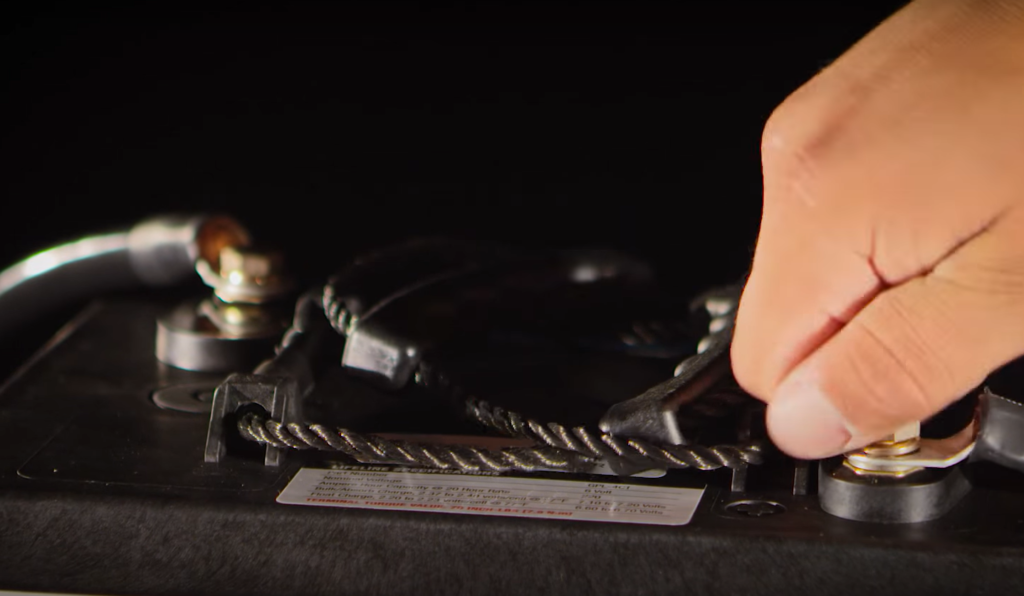
These batteries have one disadvantage: they need more care than other battery types.
Batteries with a higher Ah rating, such as deep-cycle and starting/cranking batteries, are available. Starting/cranking batteries have thinner plates and are designed for short, high-power bursts of energy (like starting your RV’s engine). Deep cycle batteries, on the other hand, feature thicker plates and can discharge a higher proportion of their capacity without harming the battery.
Installation
Installing a lead-acid battery is generally pretty simple. Just make sure to follow the instructions in your owner’s manual and take precautions to avoid sparks or static electricity (which can cause explosions).
Lead-acid batteries are heavy, so you may need help lifting it into place.
Battery Performance
Lead-acid batteries are less durable than other battery types, so you’ll have to replace them more frequently.
They also don’t perform as well in cold weather, so if you live in a colder climate, you may want to consider another type of battery.
These batteries can develop sulfation (a build-up of lead sulfate on the battery’s plates) over time, which can decrease the battery’s lifespan.
When a battery is constantly charged and not subjected to deep discharges, it does not sulfate. Sulfation can be prevented by charging your battery on a regular basis and limiting severe discharges.
Amp Hours
(Ah) is a measure of a battery’s capacity.
The Ah rating, on the other hand, is a measure of how quickly a battery discharges and recharged.
Because of their lower Ah ratings, lead-acid batteries don’t typically last as long on a single charge.
However, if you’re looking for an affordable battery that’s easy to find and install, lead-acid could be a good option for you.
Reserve Capacity
(RC) is a measure of how long a battery can power your RV or boat if the alternator fails.
The higher the RC, the longer the battery will last.
Lead-acid batteries have high RC ratings, so they’re a good choice if you’re looking for a backup power source.
Cold Cranking Amps
(CCA) is a measure of how much power a battery can provide in cold weather.
The higher the CCA, the better the battery will perform in cold weather.
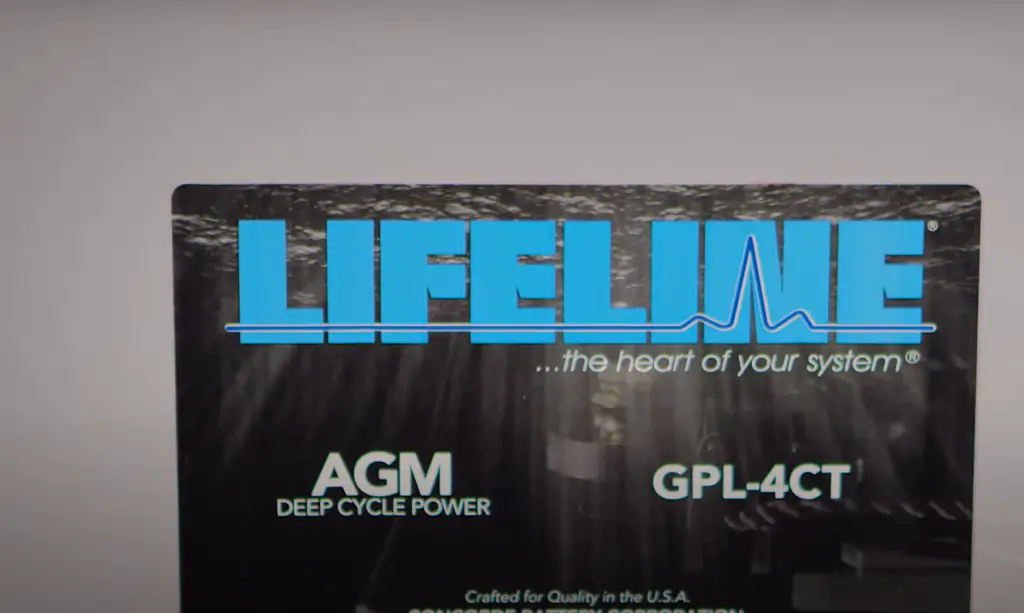
Lead-acid batteries have lower CCAs than other types of batteries, so they may not perform as well in cold weather.
If you live in a colder climate, you may want to consider another type of battery.
Battery Life
Lead-acid batteries have shorter lifespans than other types of batteries.
This is due to the fact that if the battery is discharged too far, sulfation (a buildup of lead sulfate on the battery’s plates) might occur.
Sulfation can shorten the battery’s lifespan and performance.
You can prevent sulfation by regularly charging your battery and avoiding deep discharges.
If your battery does become sulfated, you can try desulfating it with a commercial desulfator or by using a homemade desulfator (distilled water and Epsom salt).
Charging Recommendations
Batteries should be charged as soon after use as possible.
You can charge them with a standard battery charger or by using your RV’s or boat’s alternator.
It’s also critical not to overcharge the battery, which can have a detrimental impact on its longevity.
To extend its life, it’s important to regularly charge it and avoid deep discharges. You can also try desulfating the battery if it becomes sulfated.
Warranty
Lead-acid batteries come with a shorter warranty than other types of batteries.
This is because they have a shorter lifespan and are more susceptible to sulfation.
If you’re looking for a long-lasting battery with a longer warranty, lead-acid might not be the best choice.
Choosing the right battery for your RV or boat can be tricky. There are so many different types of batteries on the market, and it can be hard to know which one is right for you. Lead-acid batteries are affordable and easy to find, but they don’t last as long as some other types of batteries.
Specifications
Dimensions: 10.28″L x 7.06″W x 9.92″H
Voltage: 6 Volt
Amp-Hours: 220 Amp-Hour
Weight: 66 lbs
Design
This makes it resistant to shock and vibration, as well as able to withstand extended periods of use. Even if the battery is damaged, the AGM technology ensures that it will not leak.Performance
The Lifeline GPL-AFC battery can endure in even the most extreme conditions, providing long-lasting performance. Its self-discharge rate is low, so it retains its charge for longer.
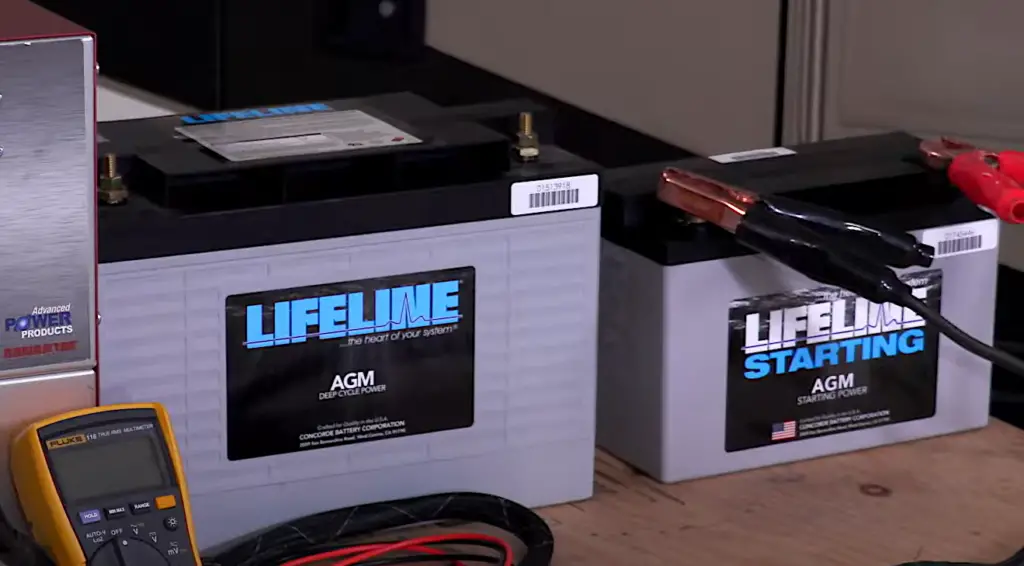
Additionally, the AGM technology makes it resistant to shock and vibration.
FAQ
How to select a good battery?
There are a few key factors you’ll want to consider when selecting a battery for your needs. The first is the capacity, or how much power the battery can store. This is measured in Ah, and the higher the number, the more power the battery can store.
Another factor to consider is the discharge rate, or how quickly the battery can release its stored energy. This is usually expressed as a percentage of the capacity, and batteries with higher discharge rates will be able to provide more power for longer periods of time. [2]
Finally, you’ll also want to consider what voltage the battery operates at. Most devices use either 12 volt (V) or 24 V batteries, so you’ll need to make sure you select one that is compatible with your equipment.
How do you read a battery rating?
The first number is the capacity in amp hours (Ah), while the second number is the reserve capacity in minutes. The higher the Ah rating, the more energy the battery can store. A battery with a high RC will be able to power your devices for a longer period of time before needing to be recharged. [3]
How do you charge a Lifeline GPL-4CT Battery?
You can charge your Lifeline GPL-24T Battery with a standard 110 volt AC outlet or a 12 volt DC charger. You’ll get the fastest charge times with the AC charger, but the DC charger is more convenient for on-the-go charging.
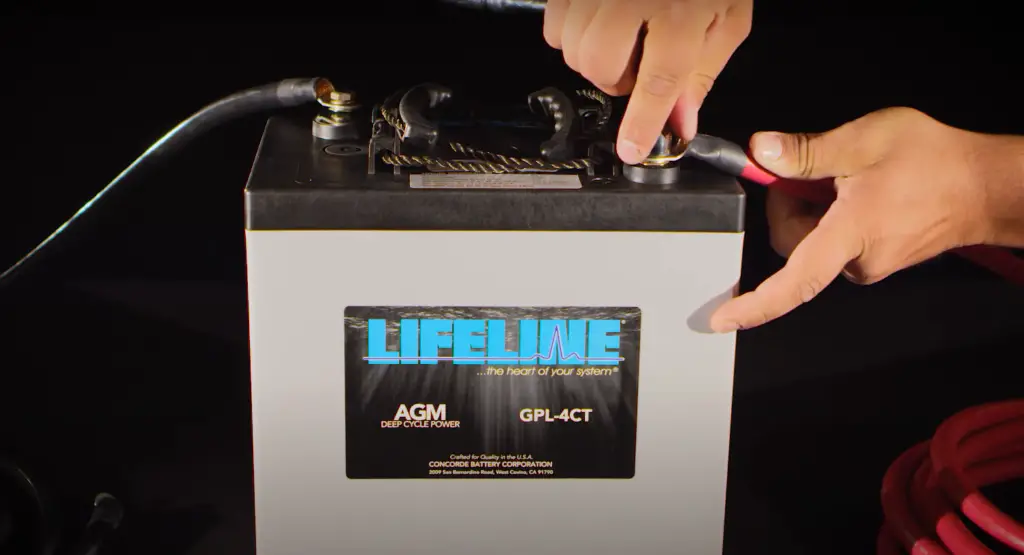
Charging time varies depending on how discharged your battery is. A completely depleted battery will take around 14 hours to reach a full charge using the AC charger. If you’re using the DC charger, it will take closer to 18 hours to achieve a full charge.
It’s important to note that you should never let your battery discharge below 50%. Doing so will reduce the performance of your battery.
How many amp hours is a Lifeline GPL-4CT Battery?
This battery has 220 amp hours of capacity. What does that mean for you? It means that, in theory, you could draw 11 amps of power from this battery for 20 hours before it was completely depleted. [4]
Of course, that’s not a realistic way to use this battery. In most cases, you’ll want to keep your discharge rate below 50% to prolong the life of the battery.
Even so, 220 amp hours is a lot of capacity. This battery can easily handle several days of moderate usage without needing to be recharged.
Related Video: Lifeline Marine AGM Battery – GPL-4CT – Golf Review Point
Conclusion
Overall, the Lifeline GPL-CT battery is a great product with some minor drawbacks. If you’re looking for a reliable and affordable battery, this is definitely one to consider! However, keep in mind that it may not be the best choice for everyone. Be sure to do your research and read reviews before making a purchase. Thanks for reading!
References:
- https://www.firestonecompleteautocare.com/blog/batteries/how-to-choose-best-car-battery/
- https://lifelinebatteries.com/how-to-choose-the-best-deep-cycle-battery/
- https://www.batterystuff.com/kb/articles/battery-articles/battery-basics.html
- https://www.amazon.com/Lifeline-Marine-AGM-Battery-GPL-4CT/dp/B0029XJ1U6

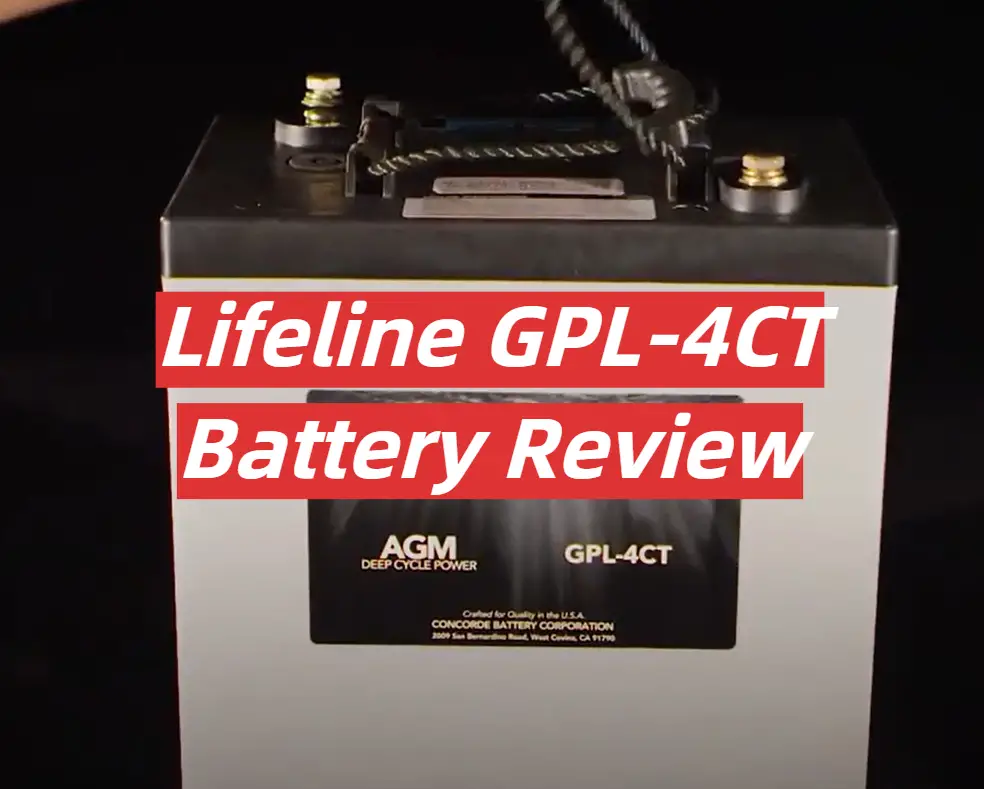
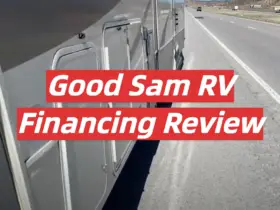
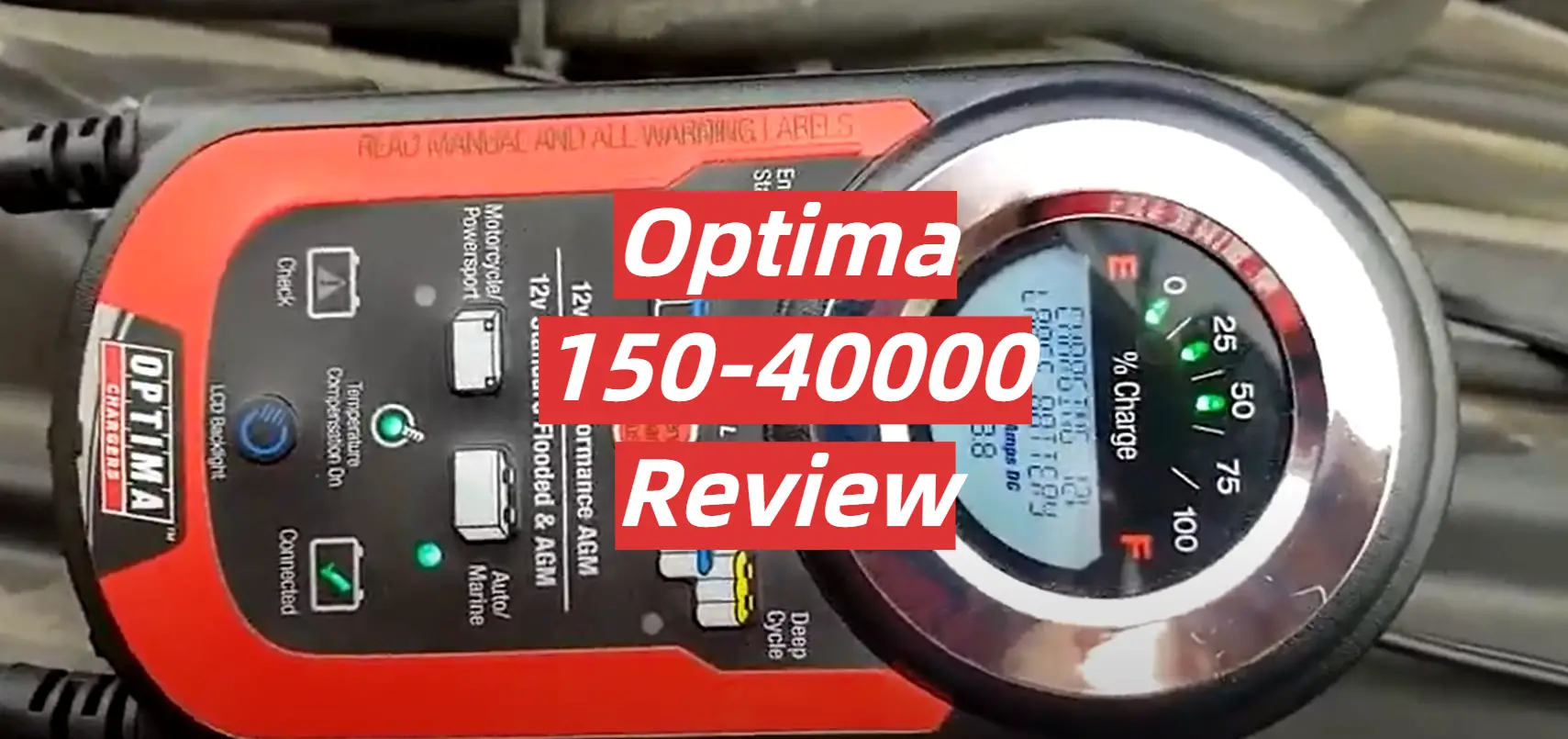
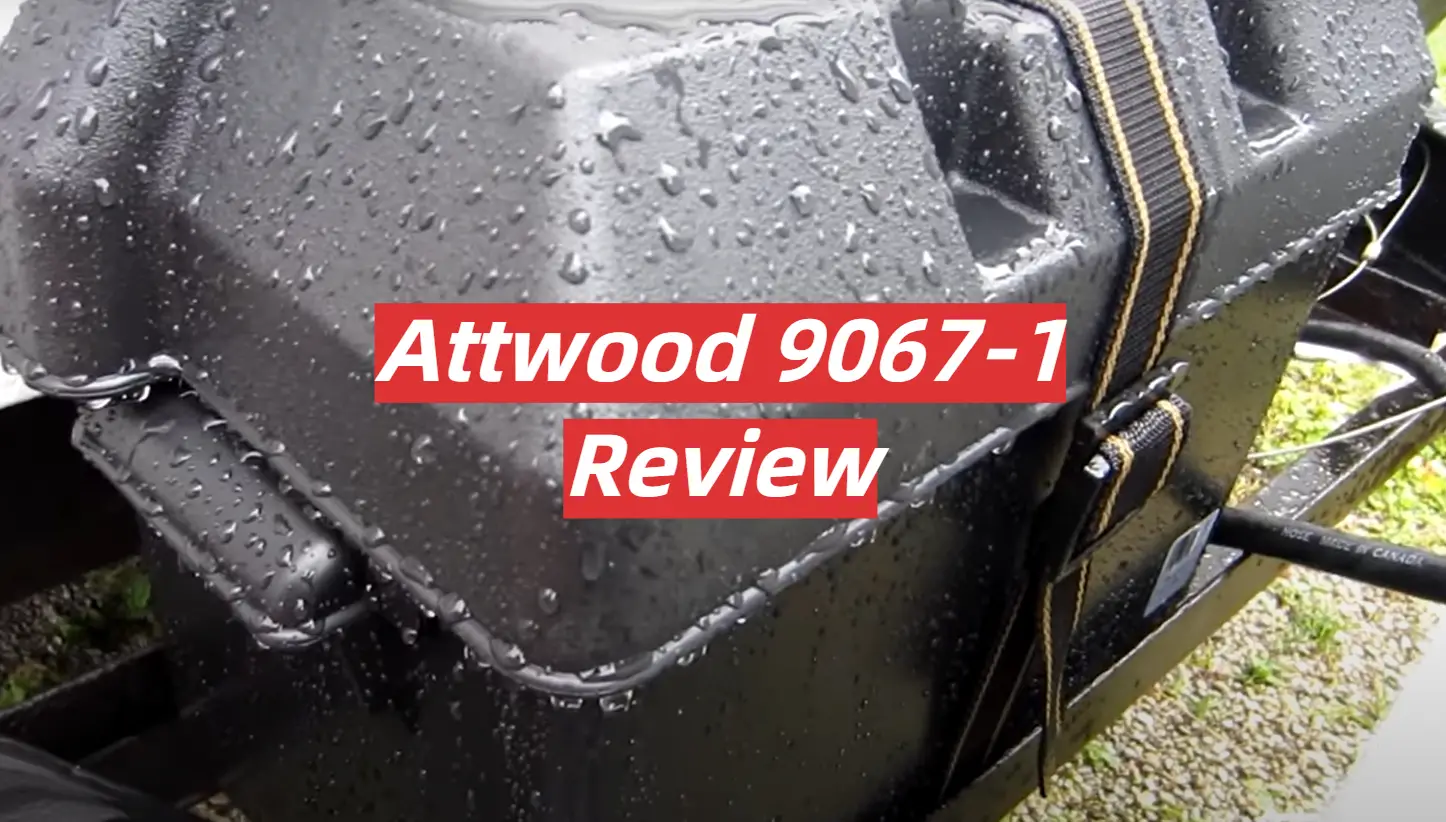

Leave a Reply